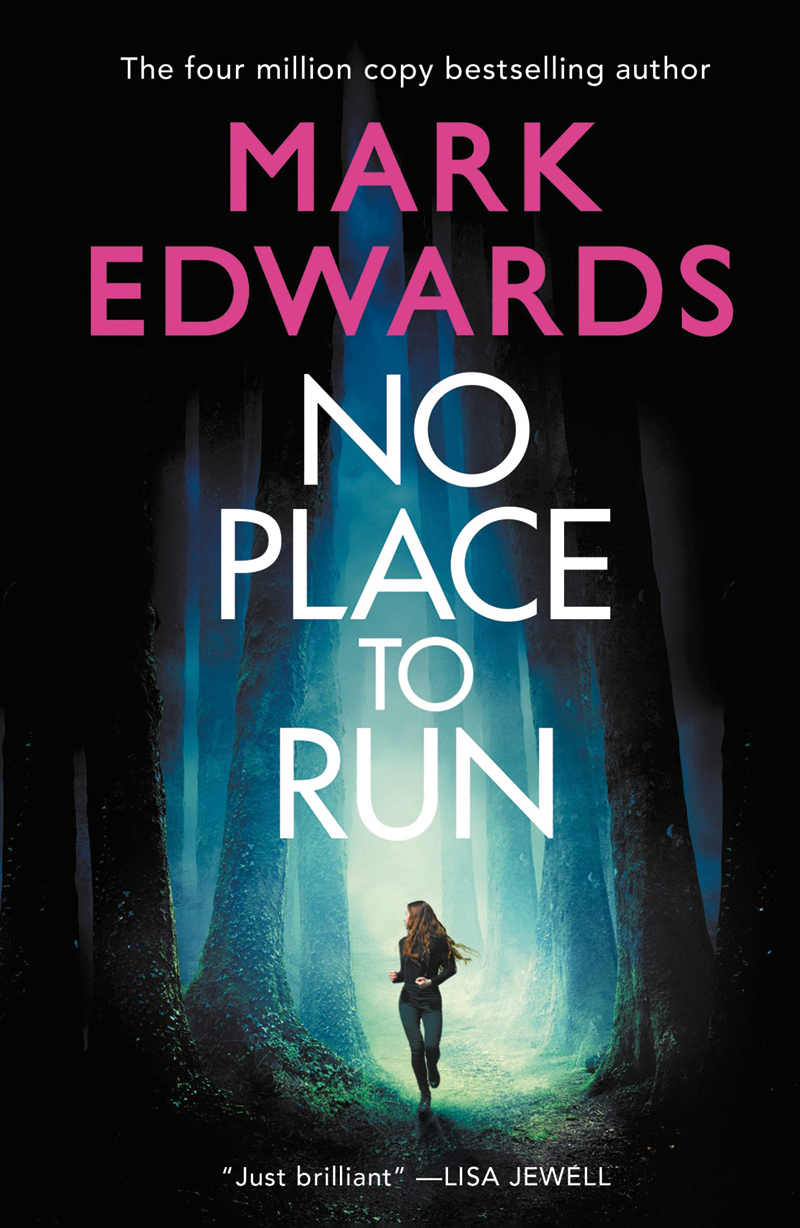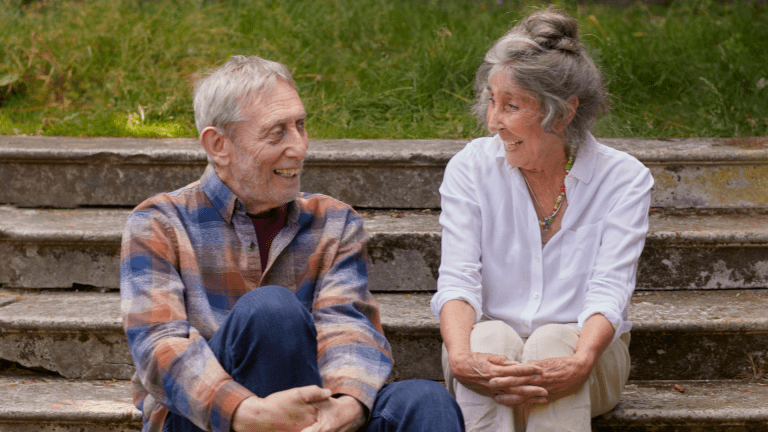In 2019, I took Amtrak’s Coast Starlight train, which runs from Seattle to Los Angeles, to research a novel about a missing woman. At that point, my book No Place to Run was at an embryonic stage. I knew it was going to start with a woman on a train witnessing a teenage girl being chased across a forest clearing, and I knew that my central character would investigate whether that girl was his missing sister, but I didn’t yet know the book’s theme.
The answer came to me on that journey. My friend and I picked up a rental car in northern California and drove south. Within an hour, we saw blackened areas of forest where trees had stood until recently. A year before, the Carr fire had ripped through this section of the state, burning almost a quarter of a million acres and causing 38,000 people to be evacuated from Redding alone. It felt like all the warnings about the climate crisis were coming true. The previous year, I had watched coverage of Greta Thunberg’s school strike. Shortly after that came the Extinction Rebellion protests in London. It felt as if something was happening. Change was in the air, led by young people.
Around the same time, after almost 30 years as a vegetarian, I went vegan. Being vegetarian was no longer enough. I bought an electric vehicle to replace my diesel car. I admired Thunberg and the people who were prepared to superglue themselves to trains, though it wasn’t something I would do myself.
Travelling through the wildfire-scorched forests, I realised how I could give my work-in-progress flavour, explore a part of human psychology that fascinates me and sneak in a message about something I believed in. My previous books were almost entirely apolitical. There was the occasional comment about police defunding or the difficulties of dealing with unwanted lodgers or stalkers but, other than having a lot of animal-loving vegetarians in my books, I had never included any of my green beliefs. In fact, my editor had advised me not to include a vegan central character in my 2019 book, Here To Stay, because “people don’t like vegans”. So how do you smuggle a message into a thriller without turning readers off or making them feel they are being lectured to?
The answer, I decided, was to make the environmentalists in the book the baddies. Not only that, but I would ramp up their beliefs so they made the Extinction Rebellion protesters look like children’s TV presenters talking about the importance of recycling. I could put some of the scariest predictions about the climate emergency into the mouths of my eco-terrorists, with a focus on the wildfires that were already so widespread in the location I was writing about. My heroes, who are searching for the missing girl, could comment on the beauty of the redwoods as they drove through the national park. But I knew it would be the baddies, with their apocalyptic visions and extreme solution to the coming storm, who would be most interesting to readers.
As I set my eco-warriors up in a camp on the Nevada border, learning how to make explosives, I knew I could be opening myself up to criticism from my fellow fans of Thunberg. Was I betraying the cause I sympathised with for the sake of a good story? To prevent this, I had to work hard on the characterisation of my antagonist, a woman named Shannon. She needed to be charismatic and relatable. A three-dimensional woman whose experiences had led her to follow what she thought was the only path. I wanted readers to hate what she was doing but still agree with some of what she was saying. I went back to the root of Shannon’s beliefs and painted her sympathetically even as she did terrible things.










